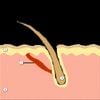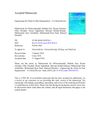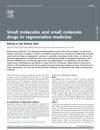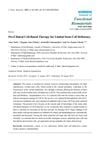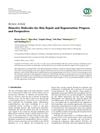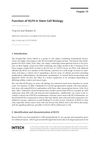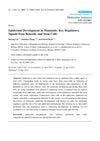Shushing Down the Epigenetic Landscape Towards Stem Cell Differentiation
June 2010
in “
Development
”
stem cell differentiation pluripotent stem cells multipotent stem cells induced pluripotent stem cells embryonic stem cells iPSC differentiation reprogramming techniques transposons small molecules cell fusion inner cell mass germ cells epiblast derivatives therapeutic applications regenerative medicine iPSCs ES cells
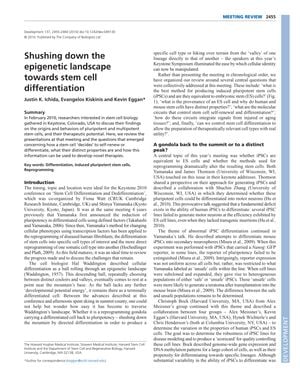
TLDR The document concludes that pig iPSCs show promise for transplant therapies and the field is advancing in controlling cell behavior for biology and medicine.
In 2010, a Keystone Symposium on stem cell biology focused on the differentiation of pluripotent and multipotent stem cells and their potential for novel therapies. Key discussions included the differentiation efficiency of induced pluripotent stem cells (iPSCs) compared to embryonic stem (ES) cells, with keynote addresses by James Thomson and Shinya Yamanaka highlighting issues in iPSC differentiation. A 'scorecard' for iPSC and ES cell line quality control was presented by Christoph Bock, showing variability in differentiation potential. New reprogramming techniques, such as transposons and small molecules, were discussed to improve efficiency and safety, along with alternative methods like cell fusion. The symposium also explored the origins of ES cells, with differing views on whether mouse ES cells originate from the inner cell mass or germ cells, and the suggestion that human ES cells are epiblast derivatives. Research on the mechanistic aspects of stem cell behavior, therapeutic applications, and the expanding uses of stem cells in disease treatment were also covered. The document concluded with the potential of pig iPSCs for transplantation therapies and highlighted the field's progress towards precise control of cellular behavior for developmental biology and regenerative medicine.
